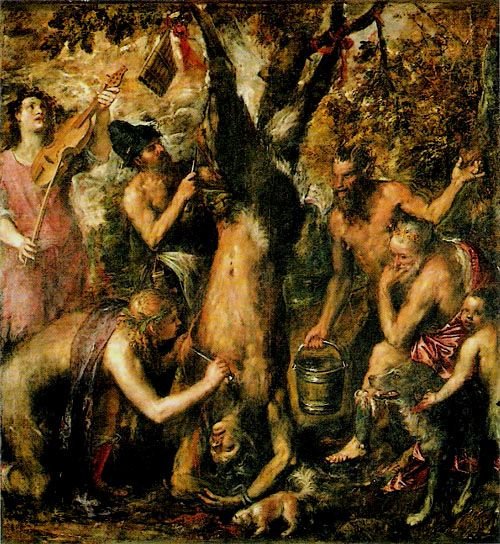Ancient China was known for its highly structured legal system, but punishments for crimes could be extraordinarily severe, designed to maintain order and instill fear. These punishments were not only a means of justice but also served as public spectacles to deter others from wrongdoing. Below are the top 10 most brutal punishments that were used in ancient China, highlighting the extremes of pain, humiliation, and suffering endured by those accused.
1. Lingchi (Death by a Thousand Cuts)

Perhaps the most infamous punishment, Lingchi was a prolonged execution method in which the victim’s body was sliced into pieces over an extended period. This form of torture was meant to humiliate and degrade the condemned even in death.
2. Castration

A severe punishment reserved for serious crimes, castration was not only painful but also carried significant social stigma. Men who were castrated were often made eunuchs and forced to serve in the imperial court, forever deprived of family and status.
3. Bamboo Torture

Bamboo torture involved strapping the victim above young bamboo shoots. The fast-growing bamboo would eventually pierce the victim’s body, causing an excruciatingly slow death. This form of punishment was both brutal and symbolic of nature reclaiming its dominance over man.
4. Five Punishments (Wǔ Xíng)
A set of five progressively harsh punishments, these ranged from tattooing the face to mutilation of limbs, ending with death. Introduced during the Qin dynasty, these punishments were designed to strip criminals of their dignity before ending their lives.
5. Execution by Beheading

Although beheading might seem merciful compared to other tortures, it was still considered a brutal punishment in ancient China. Often, the heads were displayed publicly to instill fear in others.
6. Burning Alive

This terrifying punishment was used primarily for arsonists and treason. Victims were burned alive in front of large crowds, often as a warning to others contemplating similar crimes.
7. Zhui (Throwing from Height)

In this method, the condemned were thrown from tall structures, such as city walls or cliffs, to their death. Though quick, the fear and anticipation leading up to the fall added to the punishment’s brutality.
8. Kǒng Zhuó (Carving Characters on the Face)

Criminals had characters such as “thief” or “traitor” permanently tattooed or carved into their faces. This was a humiliating punishment that marked a person for life, ensuring they would be ostracized by society.
9. Flaying

Flaying involved stripping the skin off a living person. This rare punishment was reserved for the worst offenses, like treason, and often used as a deterrent for potential traitors.
10.Poisoning

Poisoning was used primarily for high-ranking officials or members of the royal family, often in cases where a public execution might cause unrest. The victim was forced to drink poison, resulting in a slow, agonizing death.
Conclusion
These punishments reflect the harsh realities of ancient Chinese justice, where severe penalties were believed to reinforce order and societal control. The graphic nature of these penalties showcases how far the ancient rulers were willing to go to maintain their authority, often using fear as the ultimate deterrent.





